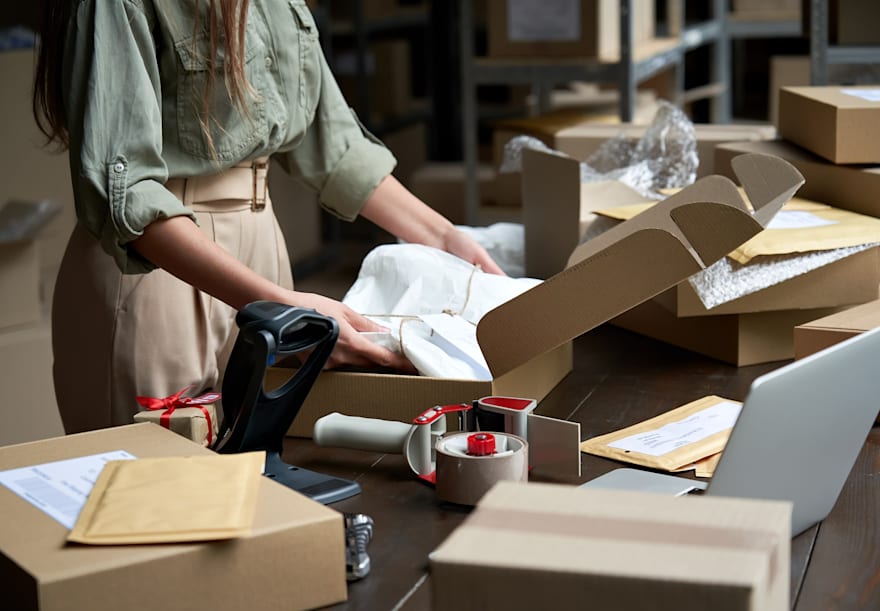Innovative Packaging Solutions for a Sustainable Future

Packaging plays a crucial role in our everyday lives, yet its significance often goes unnoticed. Beyond its functional purpose of protecting products, packaging serves as a powerful tool for communication, branding, and sustainability. This article delves into 包裝服務 evolution of packaging, its multifaceted role in modern society, and the emerging trends shaping its future. Packaging has been integral to human civilization for centuries. Ancient civilizations used natural materials like leaves, gourds, and animal skins to package goods for storage and transport. As societies advanced, so did packaging techniques, with the emergence of pottery, glass, and metal containers. The Industrial Revolution marked a turning point, introducing mass production and standardized packaging formats.
At its core, packaging serves to protect products from damage, contamination, and tampering during storage, transport, and display. Whether it’s a fragile electronic device or perishable food item, effective packaging safeguards the integrity of goods throughout the supply chain. Moreover, packaging provides essential information to consumers, including product details, usage instructions, and safety warnings, enhancing user experience and ensuring regulatory compliance. In today’s competitive marketplace, packaging serves as a powerful tool for brand differentiation and consumer engagement. Packaging design, color schemes, and typography communicate brand values, personality, and positioning. Iconic packaging designs, such as Coca-Cola’s contour bottle or Apple’s minimalist packaging, have become synonymous with their respective brands, evoking emotional connections and loyalty among consumers.
Packaging goes beyond mere containment; it serves as a silent salesman on store shelves, influencing purchasing decisions and driving brand perception. Eye-catching packaging designs and innovative features can captivate consumers’ attention and entice them to make a purchase. Additionally, strategic packaging placement and shelf positioning can enhance product visibility and shelf appeal, boosting sales and market share. In recent years, there has been a growing emphasis on sustainable packaging solutions to mitigate environmental impact and meet consumer demand for eco-friendly alternatives. Traditional packaging materials like plastic have come under scrutiny due to their contribution to pollution and marine debris. As a result, businesses are increasingly exploring biodegradable, recyclable, and compostable packaging options to minimize waste and carbon footprint.
Several trends are reshaping the packaging landscape, driven by technological advancements, shifting consumer preferences, and regulatory changes. Customization and personalization are gaining traction, with brands leveraging digital printing and variable data capabilities to create unique packaging experiences. Smart packaging incorporating RFID tags, QR codes, and sensors enable real-time tracking, authentication, and interactive engagement. Packaging is far more than a mere container; it is a dynamic and indispensable aspect of modern commerce and culture. From its humble origins as a means of protection to its pivotal role in branding, marketing, and sustainability, packaging continues to evolve in response to changing consumer expectations and industry innovations. As businesses navigate the complexities of the global marketplace, strategic packaging design and innovation will remain essential in driving growth, fostering brand loyalty, and shaping a more sustainable future.
+ There are no comments
Add yours